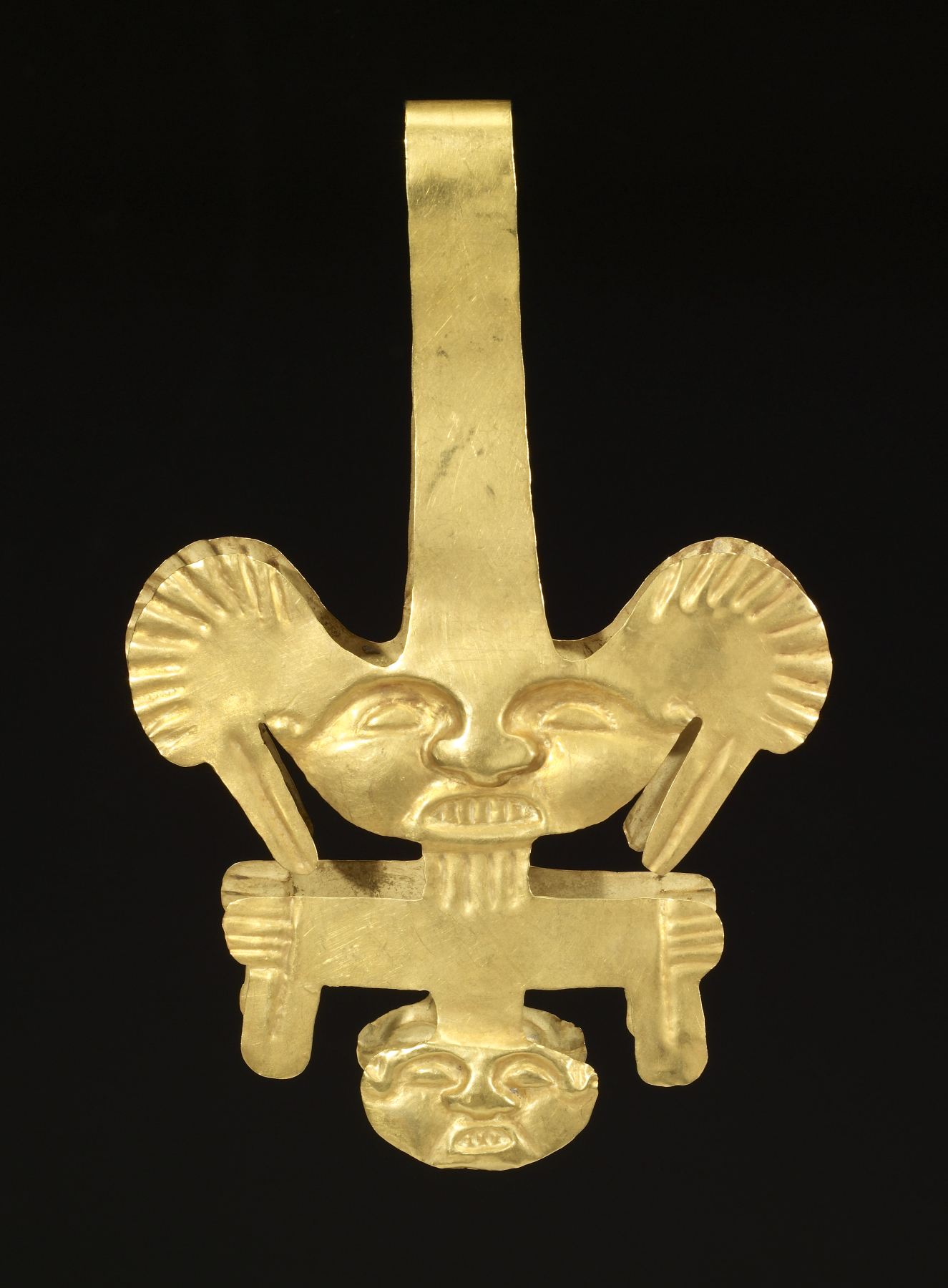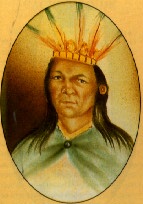|
Eduardo Grimaldi
Eduardo Grimaldi (1929–2010) was a Colombian ecologist whose work included projects to combat erosion and restoration work in the "Cerros Orientales" (Eastern mountains) in Bogotá after fire in the early 1970s. He was born in Belén, Boyacá, Colombia and died in Bogota, Colombia. In his early years, he published several articles in many Colombian magazines and papers. He was one of the closest friends of Rogelio Salmona. SourcesArticle about his work in Cali, Colombia (Spanish)Article about his work in Cali, Colombia (Spanish)Interview Tunja, Colombia (Spanish)Article about his work in Moniquira, Colombia Colombia (, ; ), officially the Republic of Colombia, is a country in South America with insular regions in North America—near Nicaragua's Caribbean coast—as well as in the Pacific Ocean. The Colombian mainland is bordered by the Car ... (Spanish) 1929 births 2010 deaths People from Boyacá Department {{Colombia-stub ... [...More Info...] [...Related Items...] OR: [Wikipedia] [Google] [Baidu] |
Ecologist
Ecology () is the study of the relationships between living organisms, including humans, and their physical environment. Ecology considers organisms at the individual, population, community, ecosystem, and biosphere level. Ecology overlaps with the closely related sciences of biogeography, evolutionary biology, genetics, ethology, and natural history. Ecology is a branch of biology, and it is not synonymous with environmentalism. Among other things, ecology is the study of: * The abundance, biomass, and distribution of organisms in the context of the environment * Life processes, antifragility, interactions, and adaptations * The movement of materials and energy through living communities * The successional development of ecosystems * Cooperation, competition, and predation within and between species * Patterns of biodiversity and its effect on ecosystem processes Ecology has practical applications in conservation biology, wetland management, natural resource managemen ... [...More Info...] [...Related Items...] OR: [Wikipedia] [Google] [Baidu] |
Bogotá
Bogotá (, also , , ), officially Bogotá, Distrito Capital, abbreviated Bogotá, D.C., and formerly known as Santa Fe de Bogotá (; ) during the Spanish period and between 1991 and 2000, is the capital city of Colombia, and one of the largest cities in the world. The city is administered as the Capital District, as well as the capital of, though not part of, the surrounding department of Cundinamarca. Bogotá is a territorial entity of the first order, with the same administrative status as the departments of Colombia. It is the political, economic, administrative, and industrial center of the country. Bogotá was founded as the capital of the New Kingdom of Granada on 6 August 1538 by Spanish conquistador Gonzalo Jiménez de Quesada after a harsh expedition into the Andes conquering the Muisca, the indigenous inhabitants of the Altiplano. Santafé (its name after 1540) became the seat of the government of the Spanish Royal Audiencia of the New Kingdom of Granada (cre ... [...More Info...] [...Related Items...] OR: [Wikipedia] [Google] [Baidu] |
Belén, Boyacá
Belén is a town and municipality in Boyacá Department, Colombia. Belen is also part of the Tundama Province The Tundama Province is a province of the Colombian Department of Boyacá. The province is formed by 9 municipalities. Etymology The province is named after ''cacique'' Tundama.Eduardo Grimaldi, Colombian ecologist External links Belen official website Municipalities of Boyacá Department {{Boyacá-geo-stub ... [...More Info...] [...Related Items...] OR: [Wikipedia] [Google] [Baidu] |
Colombia
Colombia (, ; ), officially the Republic of Colombia, is a country in South America with insular regions in North America—near Nicaragua's Caribbean coast—as well as in the Pacific Ocean. The Colombian mainland is bordered by the Caribbean Sea to the north, Venezuela to the east and northeast, Brazil to the southeast, Ecuador and Peru to the south and southwest, the Pacific Ocean to the west, and Panama to the northwest. Colombia is divided into 32 departments and the Capital District of Bogotá, the country's largest city. It covers an area of 1,141,748 square kilometers (440,831 sq mi), and has a population of 52 million. Colombia's cultural heritage—including language, religion, cuisine, and art—reflects its history as a Spanish colony, fusing cultural elements brought by immigration from Europe and the Middle East, with those brought by enslaved Africans, as well as with those of the various Amerindian civilizations that predate colonization. Spanish is th ... [...More Info...] [...Related Items...] OR: [Wikipedia] [Google] [Baidu] |
Rogelio Salmona
Rogelio Salmona (April 28, 1929 – October 3, 2007) was a French Colombian architect. He was noted for his extensive use of red brick in his buildings and for using natural shapes like spirals, radial geometry and curves in his designs. During the latter part of his life, Salmona gained renown thanks to awards like the first prize at the 1986, 1988, and 1990 Colombian Architecture Biennials, and the Alvar Aalto Medal in 2003. His works are highly representative of Colombian architecture at the end of the twentieth century. Early life and education Salmona was born in Paris, but moved at an early age to Bogotá, Colombia, where he studied at the French Lyceum Louis Pasteur. Upon graduating, he enrolled in the architecture program at the National University of Colombia, then led by German and Italian architects Leopoldo Rother and Bruno Violi. During Le Corbusier's trip to Colombia in 1947, young Salmona was invited by the great architect to work with him at his atelier in ... [...More Info...] [...Related Items...] OR: [Wikipedia] [Google] [Baidu] |
Cali
Santiago de Cali (), or Cali, is the capital of the Valle del Cauca department, and the most populous city in southwest Colombia, with 2,227,642 residents according to the 2018 census. The city spans with of urban area, making Cali the second-largest city in the country by area and the third most populous after Bogotá and Medellín. As the only major Colombian city with access to the Pacific Coast, Cali is the main urban and economic center in the south of the country, and has one of Colombia's fastest-growing economies. The city was founded on 25 July 1536 by the Spanish explorer Sebastián de Belalcázar. As a sporting center for Colombia, it was the host city for the 1971 Pan American Games. Cali also hosted the 1992 World Wrestling Championships, the 2013 edition of the World Games, the UCI Track Cycling World Championships in 2014, the World Youth Championships in Athletics in 2015 as well as the inaugural Junior Pan American Games in 2021 and the 2022 World Athletic ... [...More Info...] [...Related Items...] OR: [Wikipedia] [Google] [Baidu] |
Tunja
Tunja () is a city on the Eastern Ranges of the Colombian Andes, in the region known as the Altiplano Cundiboyacense, 130 km northeast of Bogotá. In 2018 it had a population of 172,548 inhabitants. It is the capital of Boyacá department and the Central Boyacá Province. Tunja is an important educational centre of well-known universities. In the time before the Spanish conquest of the Muisca, there was an indigenous settlement, called Hunza, seat of the ''hoa'' Eucaneme, conquered by the Spanish conquistadors on August 20, 1537. The Spanish city was founded by captain Gonzalo Suárez Rendón on August 6, 1539, exactly one year after the capital Santafé de Bogotá. The city hosts the most remaining Muisca architecture: Hunzahúa Well, Goranchacha Temple and Cojines del Zaque. Tunja is a tourist destination, especially for religious colonial architecture, with the Casa Fundador Gonzalo Suárez Rendón as oldest remnant. In addition to its religious and historical sites it ... [...More Info...] [...Related Items...] OR: [Wikipedia] [Google] [Baidu] |
1929 Births
Nineteen or 19 may refer to: * 19 (number), the natural number following 18 and preceding 20 * one of the years 19 BC, AD 19, 1919, 2019 Films * ''19'' (film), a 2001 Japanese film * ''Nineteen'' (film), a 1987 science fiction film Music * 19 (band), a Japanese pop music duo Albums * ''19'' (Adele album), 2008 * ''19'', a 2003 album by Alsou * ''19'', a 2006 album by Evan Yo * ''19'', a 2018 album by MHD * ''19'', one half of the double album ''63/19'' by Kool A.D. * ''Number Nineteen'', a 1971 album by American jazz pianist Mal Waldron * ''XIX'' (EP), a 2019 EP by 1the9 Songs * "19" (song), a 1985 song by British musician Paul Hardcastle. * "Nineteen", a song by Bad4Good from the 1992 album '' Refugee'' * "Nineteen", a song by Karma to Burn from the 2001 album ''Almost Heathen''. * "Nineteen" (song), a 2007 song by American singer Billy Ray Cyrus. * "Nineteen", a song by Tegan and Sara from the 2007 album '' The Con''. * "XIX" (song), a 2014 song by Slip ... [...More Info...] [...Related Items...] OR: [Wikipedia] [Google] [Baidu] |
2010 Deaths
This is a list of deaths of notable people, organised by year. New deaths articles are added to their respective month (e.g., Deaths in ) and then linked here. 2022 2021 2020 2019 2018 2017 2016 2015 2014 2013 2012 2011 2010 2009 2008 2007 2006 2005 2004 2003 2002 2001 2000 1999 1998 1997 1996 1995 1994 1993 1992 1991 1990 1989 1988 1987 See also * Lists of deaths by day The following pages, corresponding to the Gregorian calendar, list the historical events, births, deaths, and holidays and observances of the specified day of the year: Footnotes See also * Leap year * List of calendars * List of non-standard ... * Deaths by year {{DEFAULTSORT:deaths by year ... [...More Info...] [...Related Items...] OR: [Wikipedia] [Google] [Baidu] |
.jpg)


